Hit the Road: The Uncrowded Gems of the Oregon High Desert

(Words: Dillon Crippen, Photos: Dillon Crippen & Dan Meyer)
*Please note that although our ambassador Dillion enjoyed these areas in Oregon’s high desert earlier this summer, the region is currently being ravaged by raging wildfires, ruining the very places he and many others treasure. Before you travel, be sure to research current wildfire outbreaks to make sure you are not near any active burn sites. Resources such as the Oregon Wildfire Response & Recovery site is a great reference for this region. If you’d like to learn more about how to support firefighting efforts across the West Coast, please head to this resource sponsored by the Red Cross.
When you conjure up images of Oregon you probably picture pristine coastline, expansive forests, and tall snow covered peaks. While these incredible areas in Oregon draw big crowds, and rightfully so, there is another far-reaching biome that covers nearly half of the state. East of the Cascade Mountain Range that divides the state lies the Oregon High Desert, an ancient volcanic landscape with diverse geological features, unique fauna and wildlife, and lesser trafficked recreational areas. In fact, it’s not hard to beat the large crowds of the central Cascades by heading a couple hours east of Bend, a popular jump-off point for most people visiting Oregon. In this blog I have compiled some of my favorite places to visit in the Oregon High Desert and hope this serves as a helpful travel guide for those hoping to beat the crowds and encounter a uniquely Oregon experience.
Mitchell and the Painted Hills
Have you ever wondered what it might look like if a nature painting came to life? Look no further than the aptly named Painted Hills, located within the John Day Fossil Beds National Monument, just a two hour trip east from Bend. Known as one of the “Seven Wonders of Oregon”, the Painted Hills are a collection of rolling hills eroded away after unfathomable amounts of time revealing geologic clues to Oregon’s tumultuous volcanic past. There are several short hiking trails to explore including a short but scenic boardwalk trail that allows you to see the painted soil up close. With its close proximity to Bend, the Painted Hills makes a great day trip with several ways to extend into an overnight adventure.

Your adventure will begin with a drive through the flat farmlands that surround Bend until you reach the Ochoco National Forest. Climbing through typical forest land, you will reach the Ochoco divide, a surprisingly stark boundary separating the lush green forest from the sparsely forested land of Oregon’s High Desert. As you wind your way down the divide, you begin to see the harsh looking landscape that covers this area of the state. Brown grass contrasts against the jagged black rocks that tower above you as you continue to drop into a lush yet barren landscape.
Eventually, you will reach a very small town called Mitchell that is known as the “Gateway to the Painted Hills”. This is a must-stop if you are into small, eclectic towns. Although stopping here actually involves passing the turnoff to the hills, it is only about a five minute detour. When you turn off of the highway onto Main Street, you feel as though you are transported back in time to when things seemed much simpler. Most of “downtown” Mitchell resembles a town from the old west featuring dated wood buildings with big square facades and covered porches. The people of Mitchell are extremely friendly and taking a stroll through town is definitely worthwhile. There is even a small brewery, Tiger Town Brewing Co., which serves up great beers, delicious food, and if you’re lucky, you might even be able to catch a live music performance on their small stage.
The winding road to the Painted Hills takes you by a few vibrant, red colored hills, a bit of a precursor to the main event - the hills. The pavement ends and you will turn onto a gravel road that begins climbing the hillside. You are greeted with your first views of the hills. The temptation to pull over and take in the view is very strong, but I recommend proceeding to the Painted Hills Overlook for the best view. Once parked, you can walk along the half-mile trail which concludes with a spectacular view of the hills. Here you can really see the many different colored layers that resemble an artist's brush strokes. An informative plaque gives you background on why this area looks like it's straight out of a painting.

Perhaps the most photographed spot at the Painted Hills is the boardwalk trail that snakes its way through a smaller collection of painted soil. Just a short drive from the overlook, the Painted Cove trail is an easy, 0.3 mile loop providing you with a close up view of the deep red dirt. This area is extremely fragile and staying on the boardwalk is a requirement for visitors. If you pay close attention, you will occasionally notice footprints in the landscape - scars from past visitors who did not understand the magnitude of their actions. Due to the makeup of the dirt, disruptions in the soil take lifetimes to be erased by nature's processes. So please remember to stay on trail and don’t hurt the hills!
If you crave even more hiking, there are other short trails within the area worth checking out. With its close proximity to Bend, visiting Mitchell and the Painted Hills makes for a great day trip. For those seeking an overnight experience, camping around the area will probably involve a little more driving. If you’re lucky enough, you can find a dispersed camping spot at the Bridge Creek Campground on your way to the hills. Otherwise you can continue on Burnt Ranch Road to the Burnt Ranch Campground, another primitive dispersed camping location along the John Day River.

Fort Rock, Crack in the Ground, and Green Mountain Lookout
For those who might be seeking longer hiking trails, our next recommended location to visit is the Christmas Valley region of Oregon, a similarly awe-inspiring landscape that lies further south of the Painted Hills area. Traveling through what is considered the Outback of Oregon, your journey will take you on the Fremont Highway through the Fremont-Winema National Forest, reaching a divide similar to the Ochoco where the trees stop growing and the vast openness of the desert begins. This land is steeped in ancient history including remnants of native settlers and early pioneers.
As you head Southeast of Bend, the first stop you’ll make on this trip is at Fort Rock, a towering horseshoe shaped rock formation in the middle of open plains and farmland. Created 50 to 100 thousand years ago when a volcanic vent opened under an ancient lake, this unique geological feature looks out of place against the surrounding landscape. There are several trails within the state park that branch out and allow you to extensively explore the formation at your own leisure. You can even do minor rock scrambles up the edges of the ancient volcano for a high-up view of the surrounding landscape. While not technically within the state park, there is a nearby cave called Fort Rock Cave where 10,000 year old sagebrush sandals were found, demonstrating the rich ancient history of the region. Access to this cave is available by appointment only but be aware that due to Covid, closures have been frequent at this location. You can see tour schedules and closure updates here.

Once you’ve had your fill of walking and climbing around the ancient playground, continue East until you hit the town of Christmas Valley. This small town is the gateway to one of Oregon’s true hidden gems, a two-mile long slot canyon created by ancient volcanic activity. You will have to slowly make your way up to one of Oregon’s worst roads, containing more washboards than a giant laundry facility. While not impossible to do in a sedan, I highly recommend a higher clearance vehicle for this road.
Similar to Fort Rock, Crack in the Ground offers adventurers a choose-your-own type of adventure. For about two miles, the clearly trodden trail snakes its way in and out of slot canyons formed by volcanic fissures that occurred during the last Ice Age. At certain points, the walls of the canyons tower 30 feet above you, deep enough to stay 10 to 20 degrees cooler than the temperature just outside of the canyons. Like I mentioned, the trail will snake its way through several slots, allowing hikers to choose when to stop exploring and hike out. There is even a perimeter trail that runs parallel to the slots, giving hikers an easy route out. Certain parts of the canyons can require minor rock scrambling so trekking poles are highly recommended for stability and safety.

Just like the Painted Hills, Crack in the Ground’s proximity to Bend means travelers can easily make this adventure into a full day trip. For those who want to extend their trip into an overnighter, the Crack in the Ground road offers free, self-contained dispersed camping at several spots along the road. For those who might want a few more amenities and a spectacular view of the landscape, I highly recommend continuing up the road to the Green Mountain Lookout Campground. This tiny, six spot campground is located under the modern looking Green Mountain Fire Lookout. For $6 a night, if you’re lucky enough to snag a spot, you can enjoy fire rings, picnic tables, and a shared vault toilet. The views up here are expansive and the fire lookout is worth checking out from outside its fenced perimeter.
Oregon’s landscape is unique in its diversity. There is nowhere else in the United States where you can find pristine coastline butted up against tall volcanic peaks surrounded by a vast high desert. While the coast, mountains, and forest get the attention they rightfully deserve, in my opinion Oregon’s high desert deserves just as much praise for its unique beauty and fascinating geologic history. For those craving a less crowded but equally unique experience, a short two hour drive east of Bend can transport you through time to some of my favorite gems in the high desert of Oregon.
-
Shop the gear from this post:




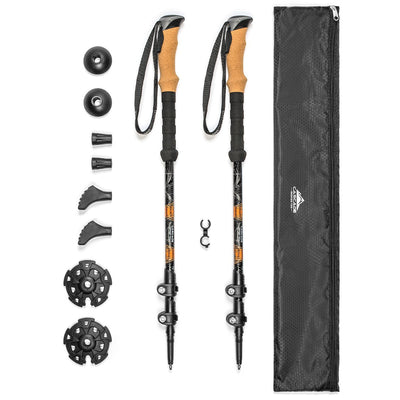
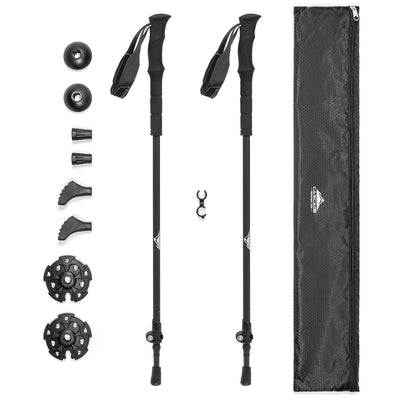
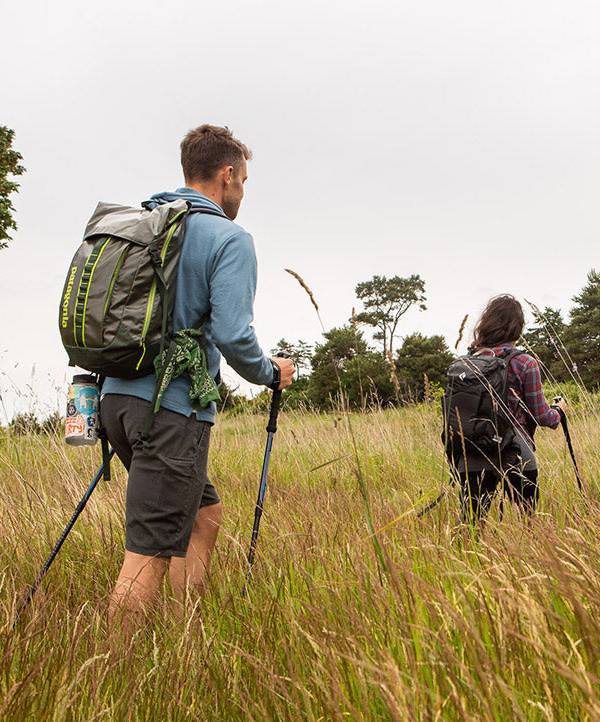
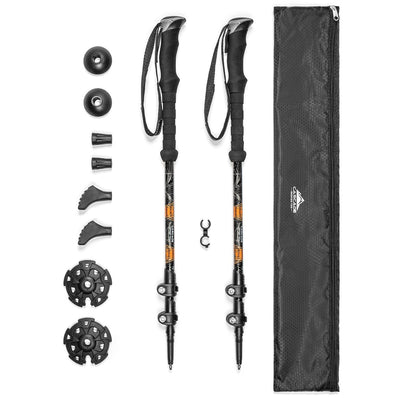
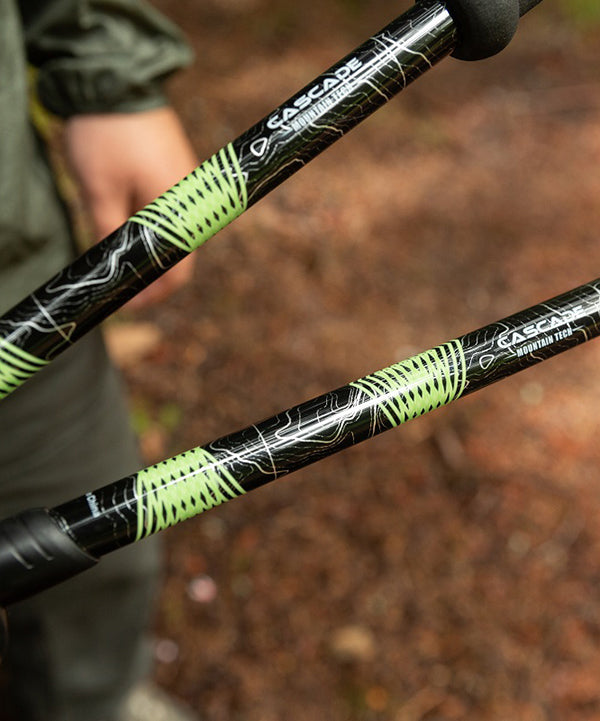
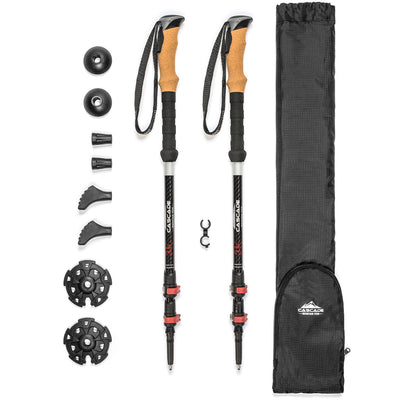
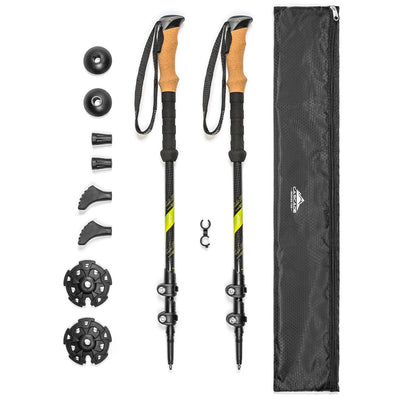
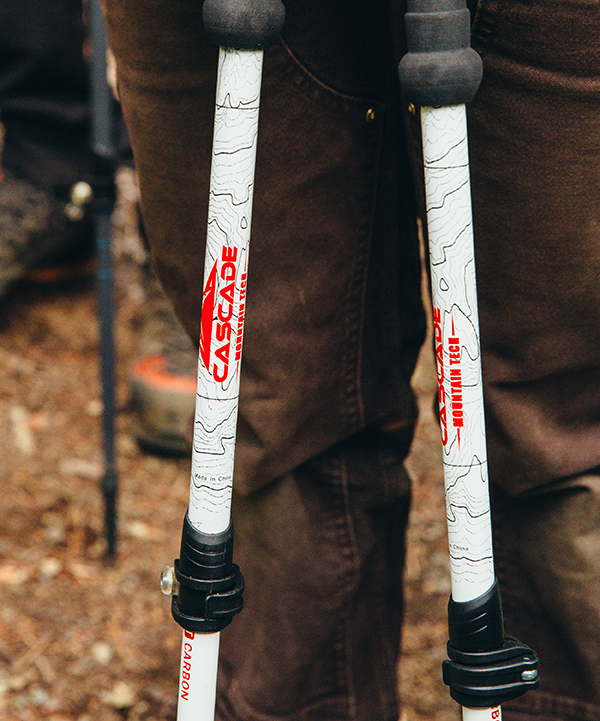
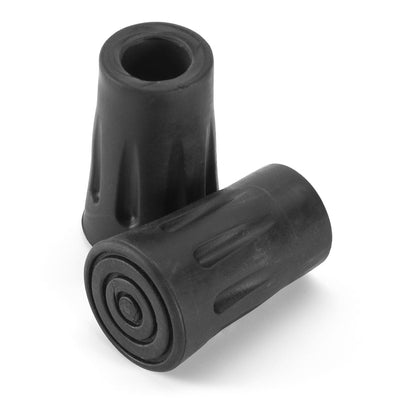
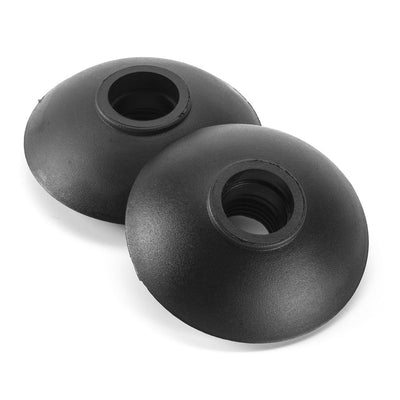
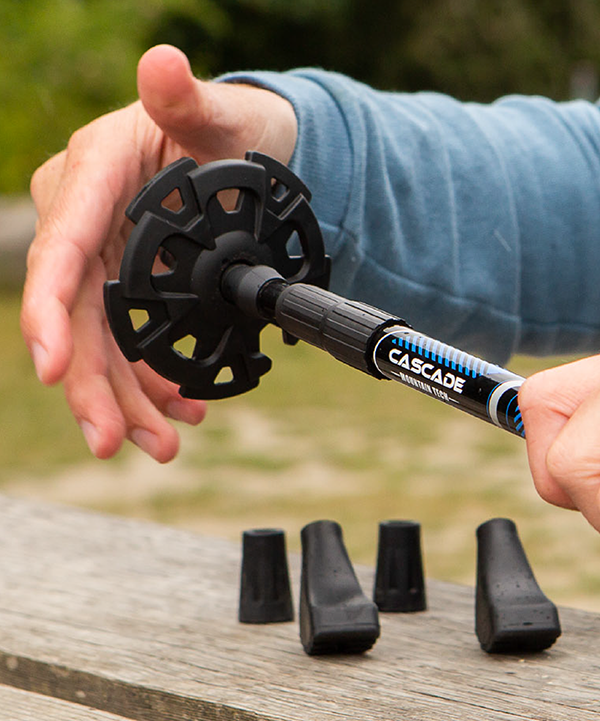
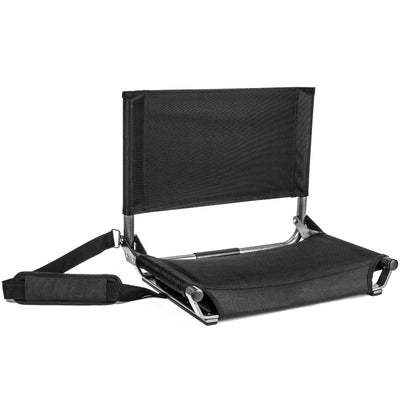
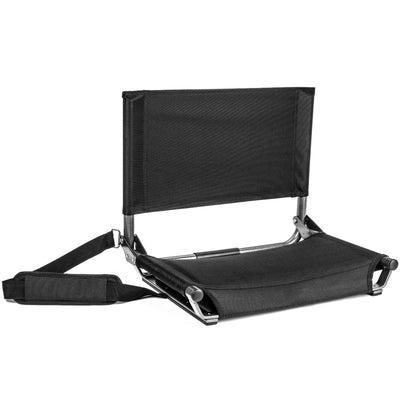

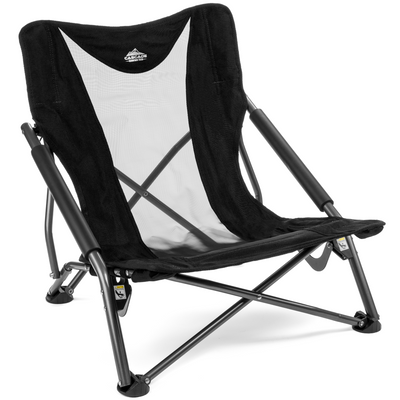

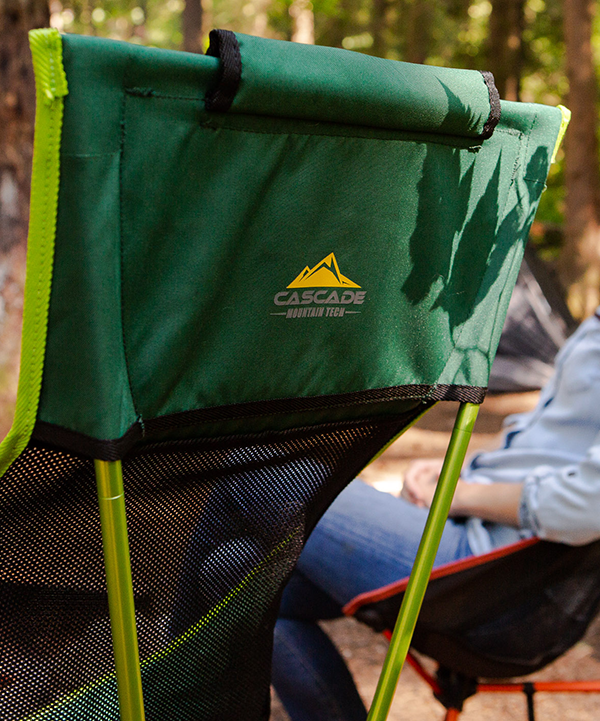
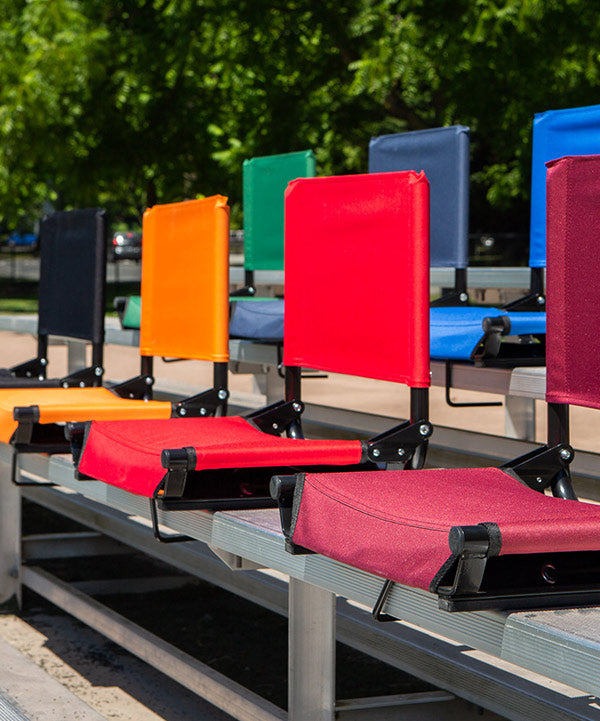
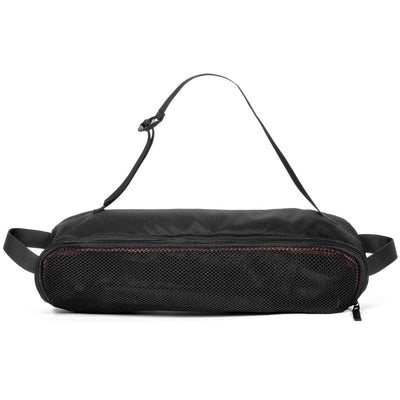
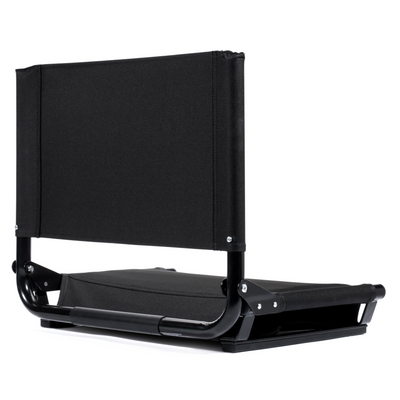
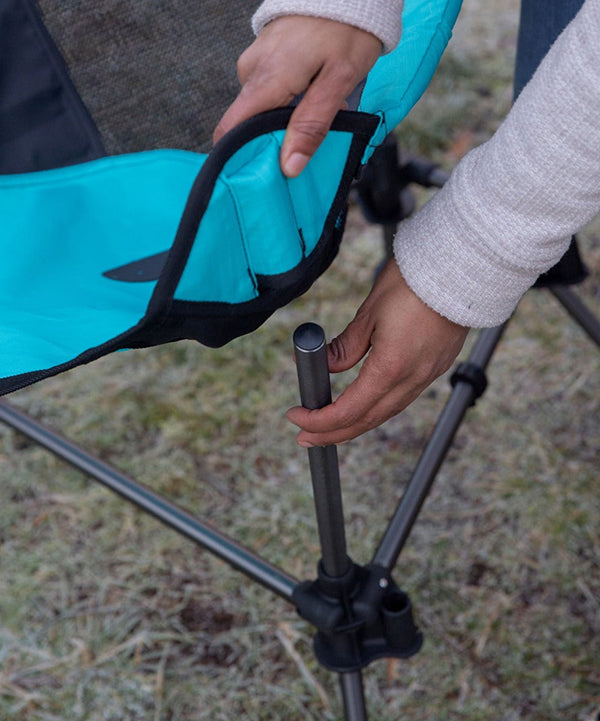
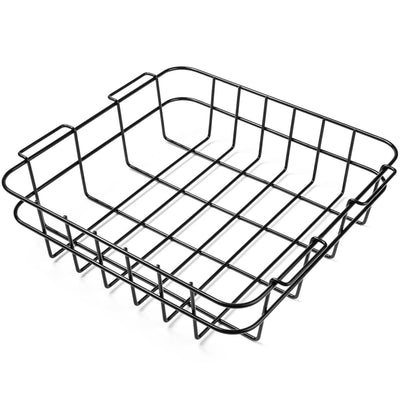
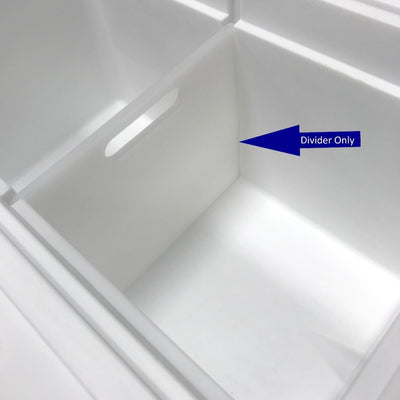
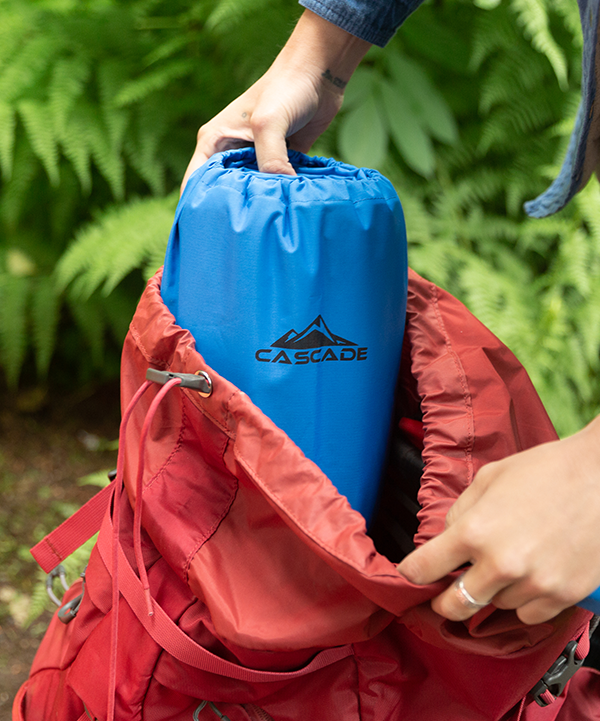
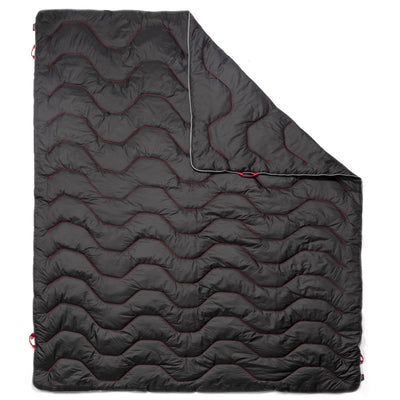
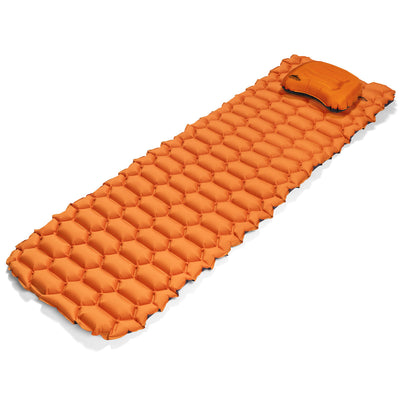
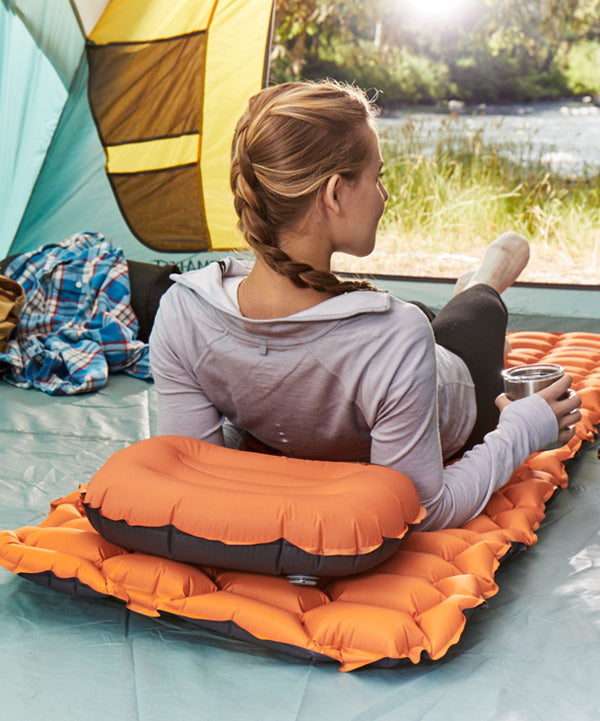
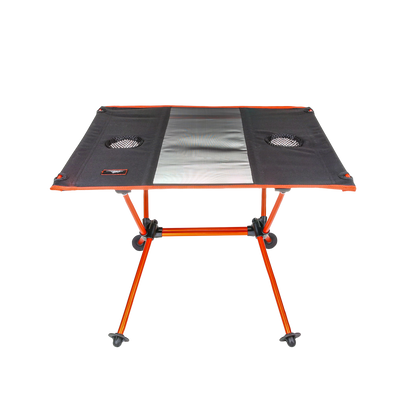
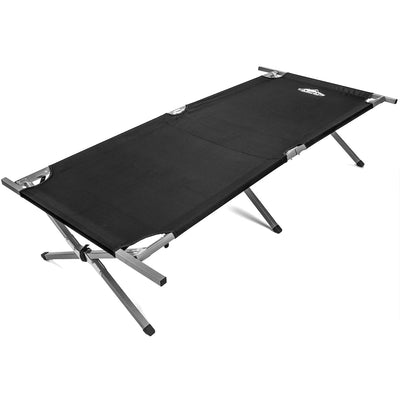
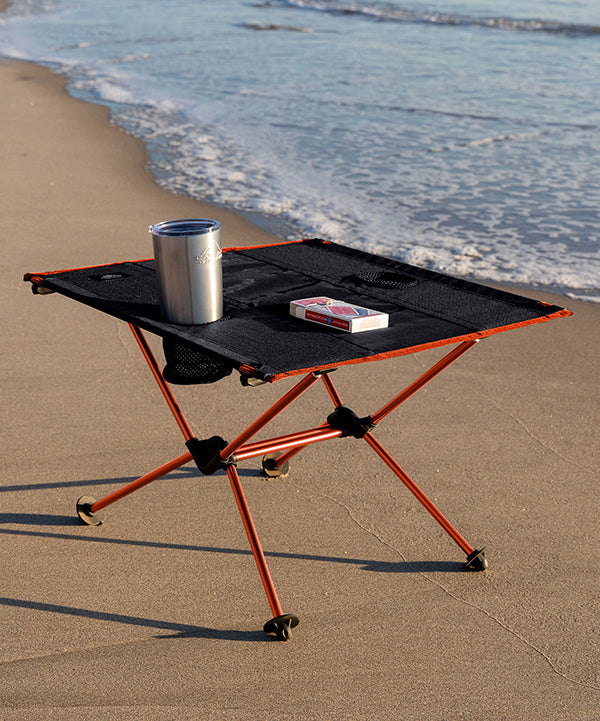
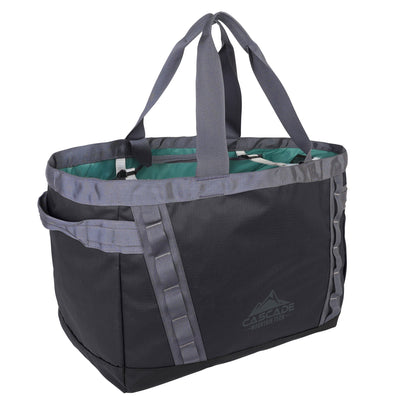
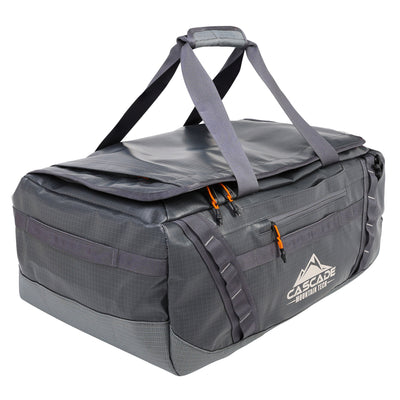

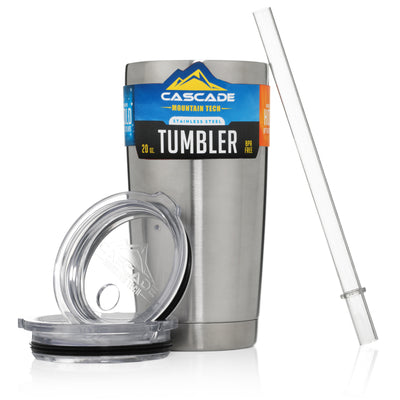
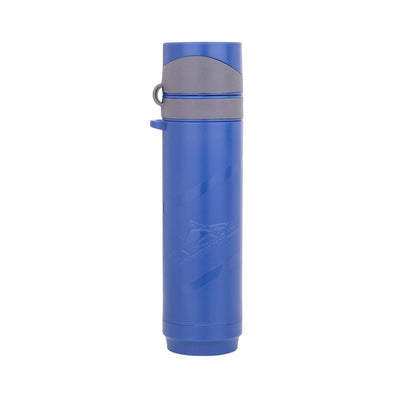
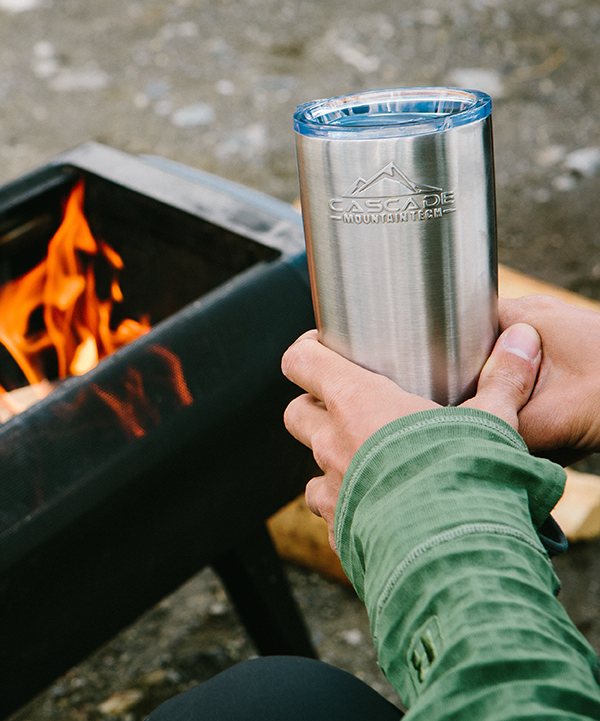
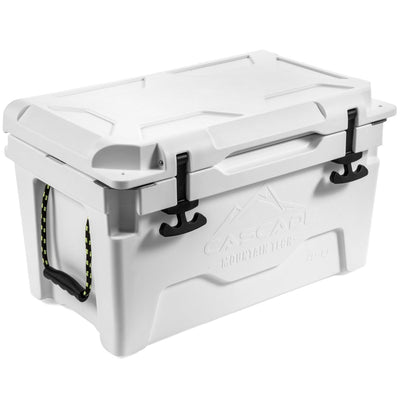
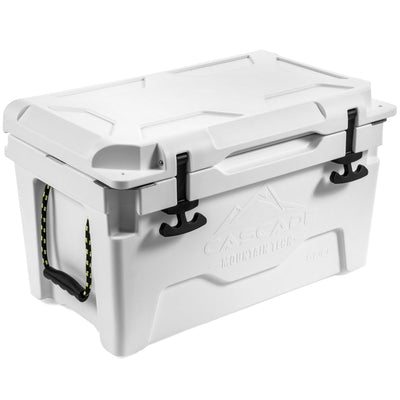
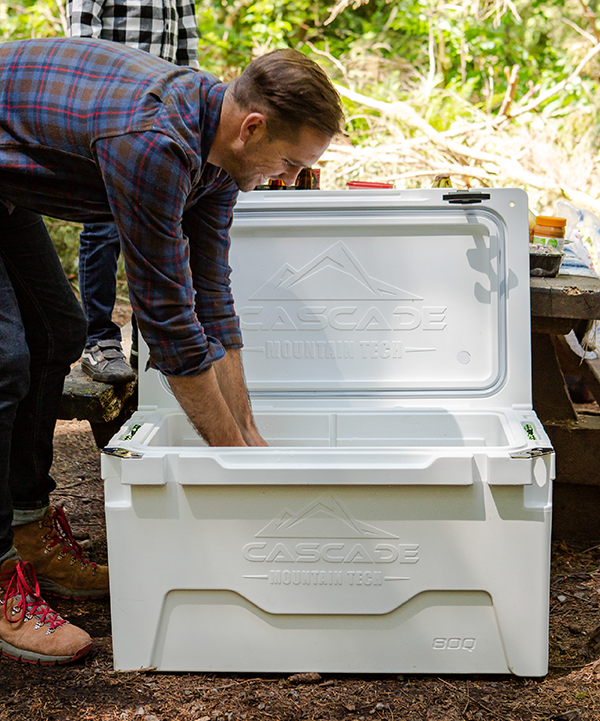
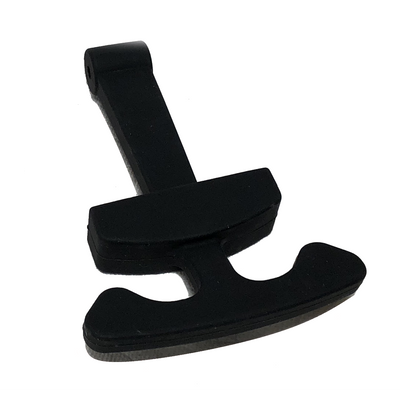
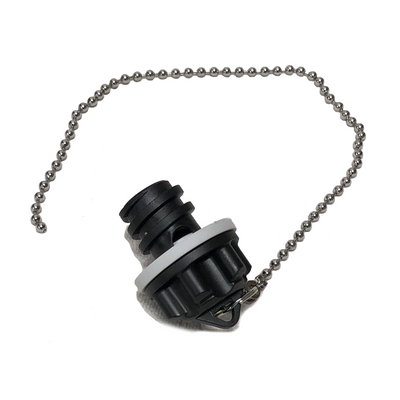
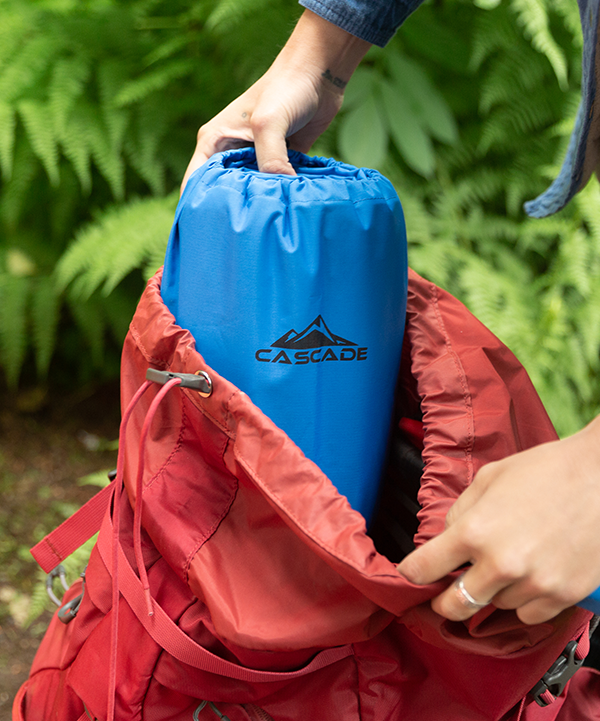
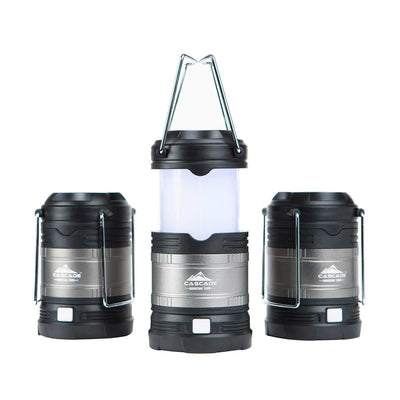
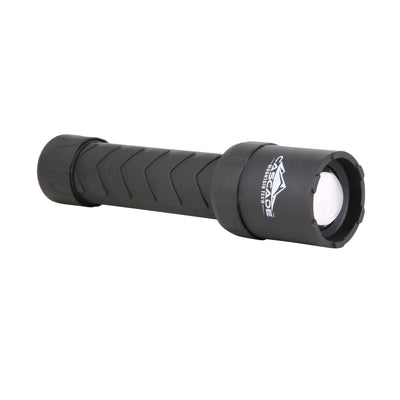
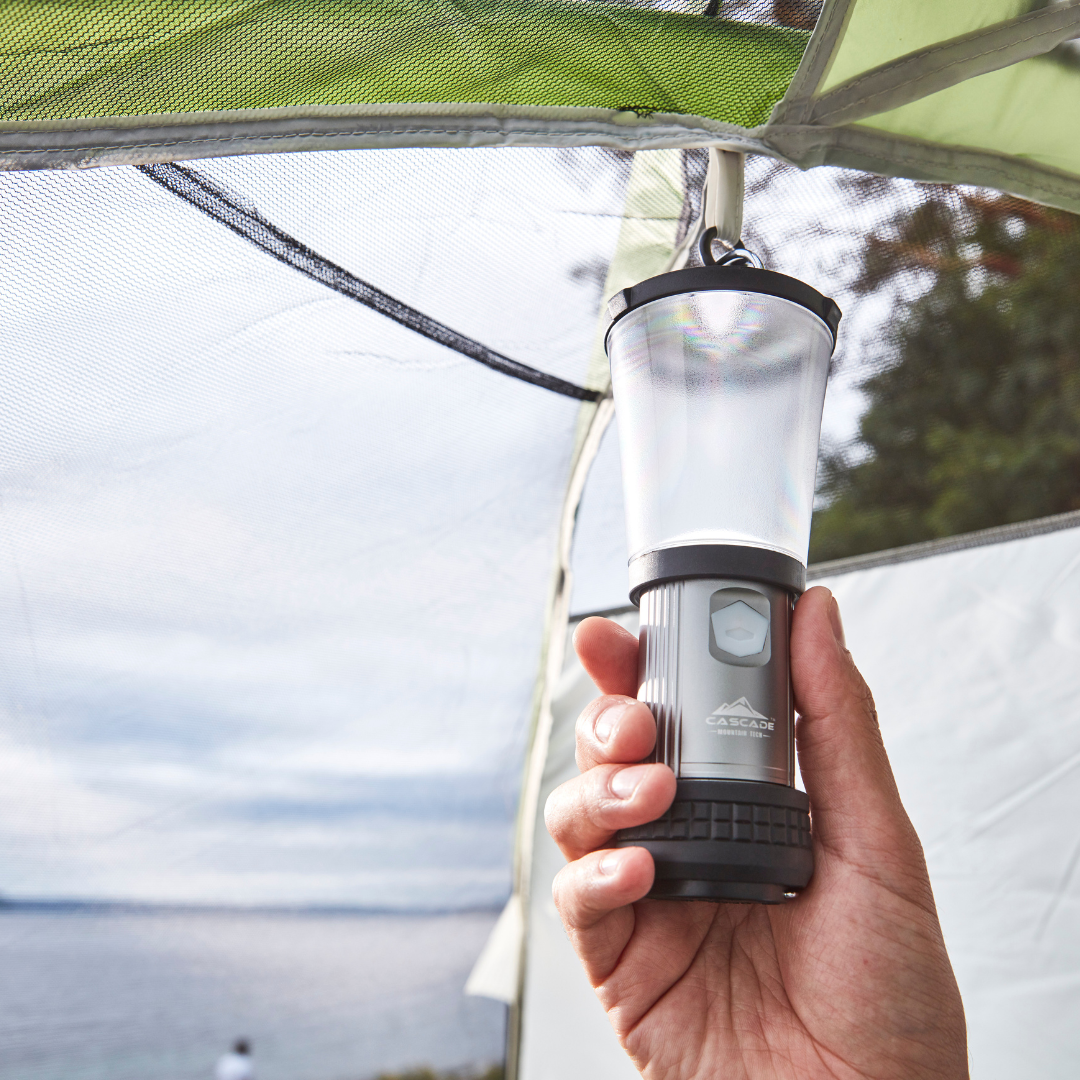
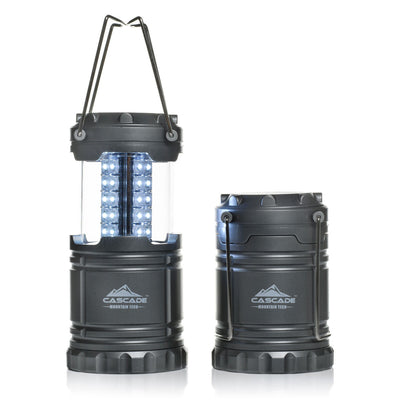
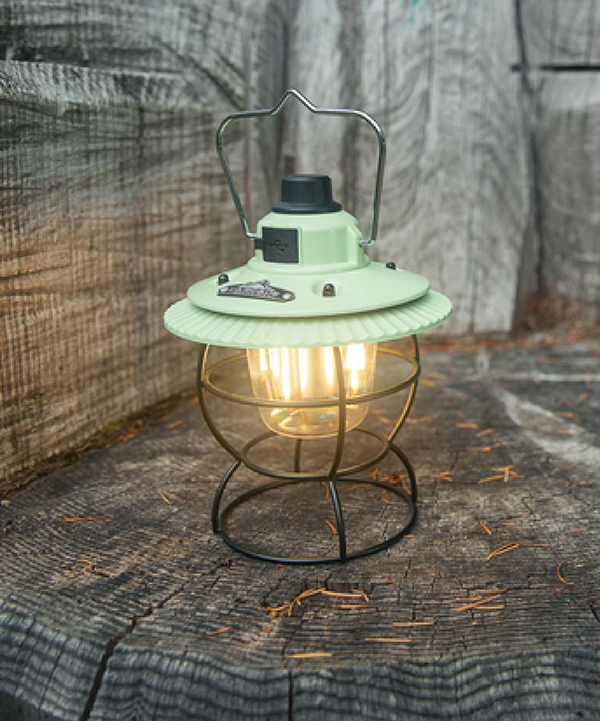

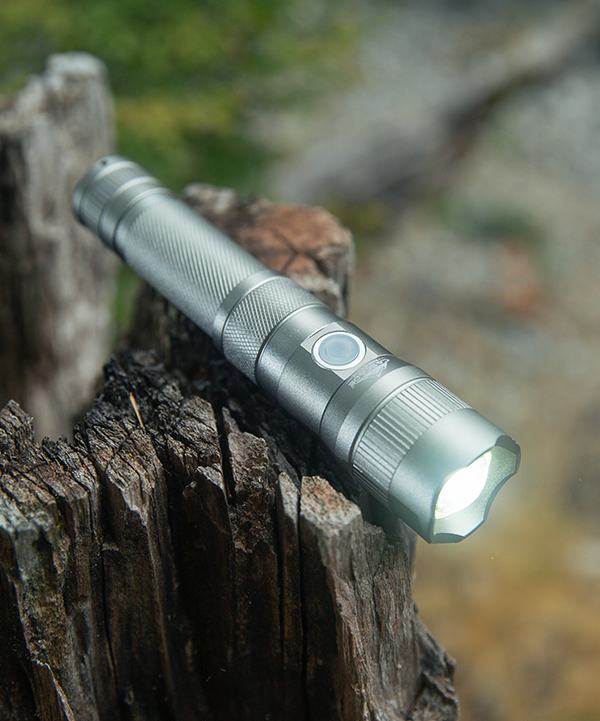
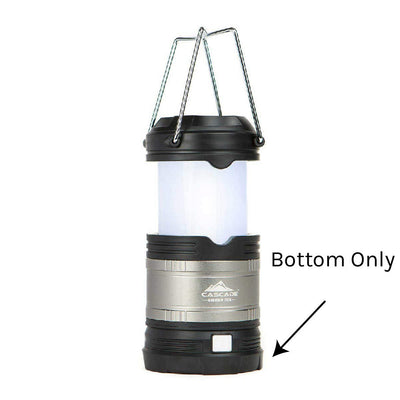
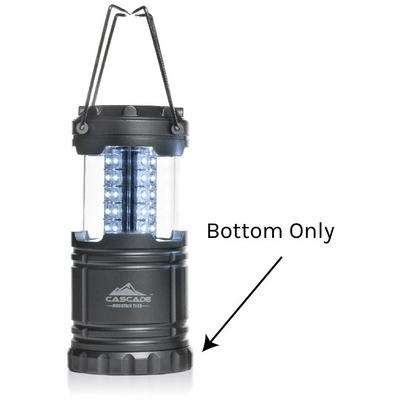
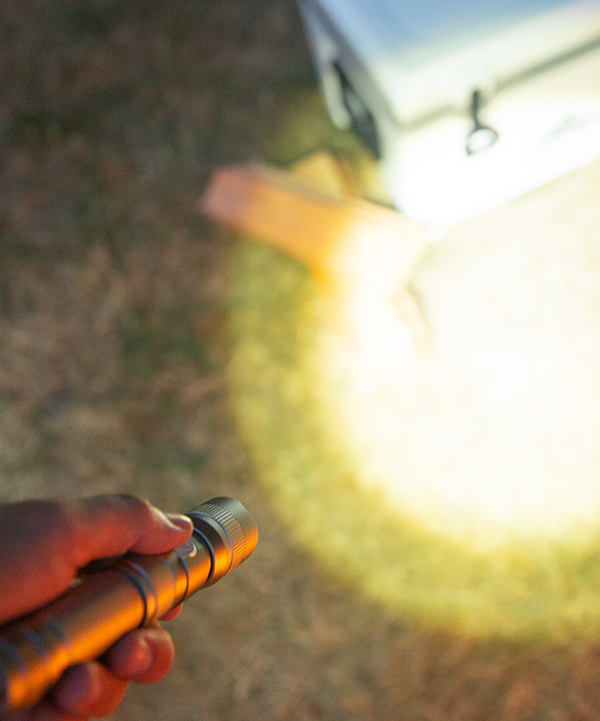

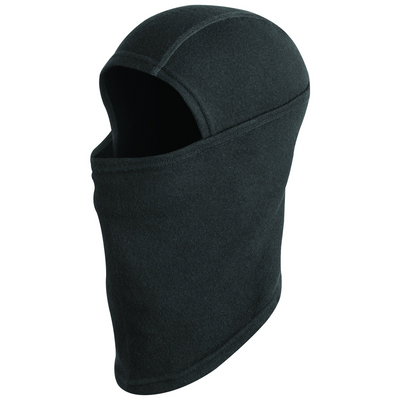
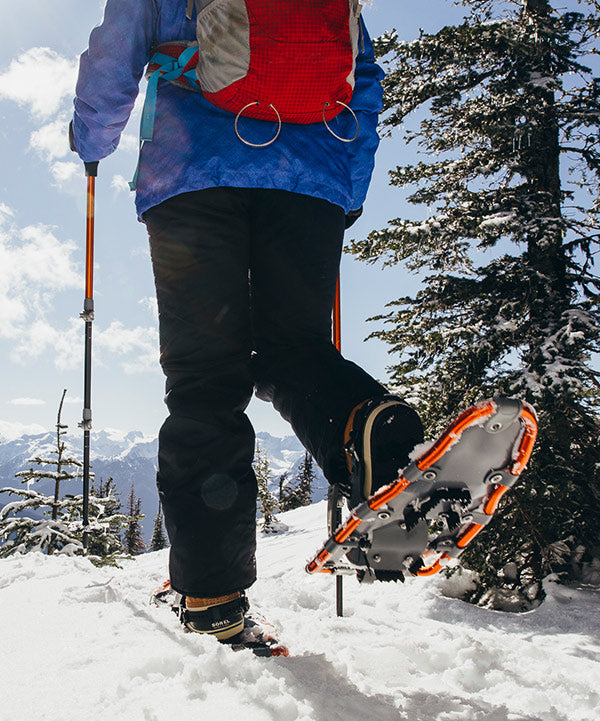
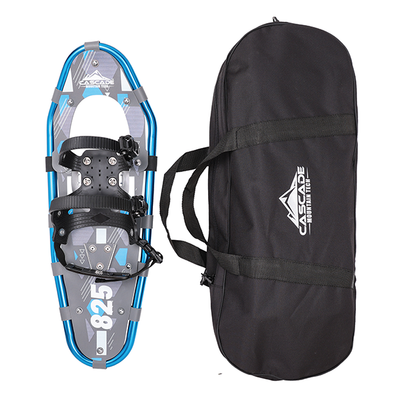
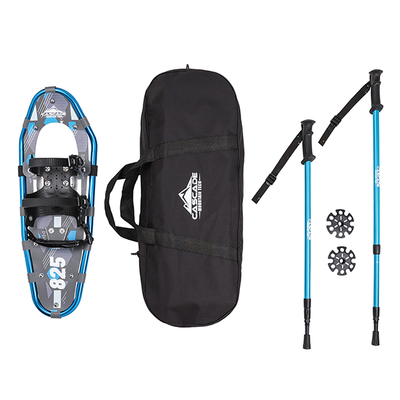
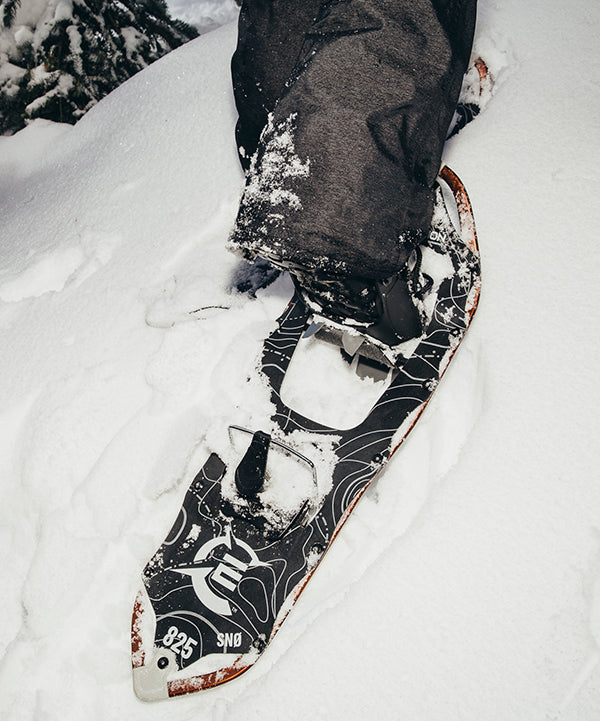

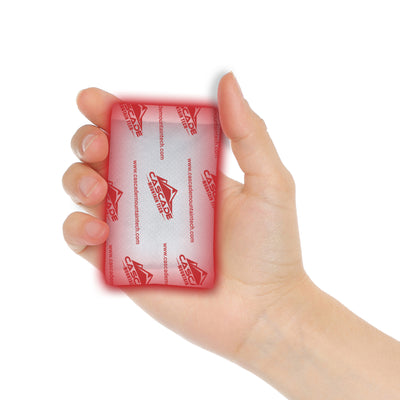

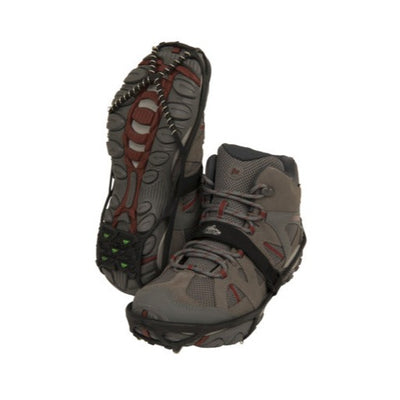
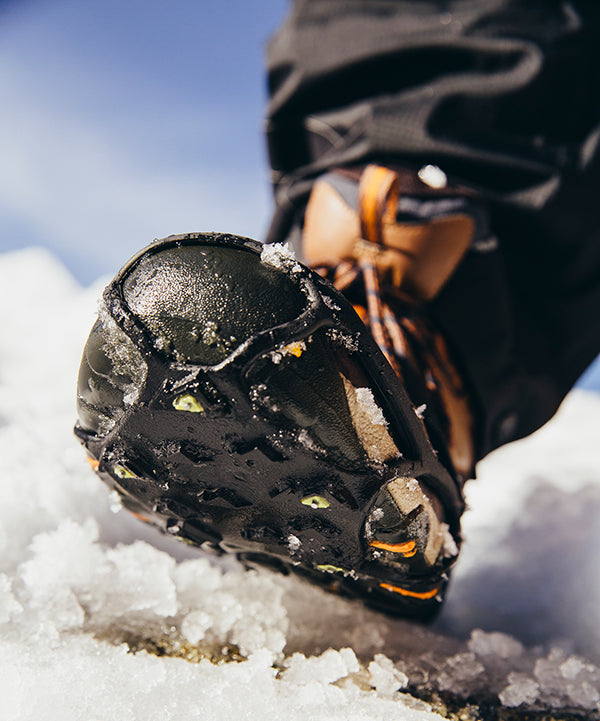
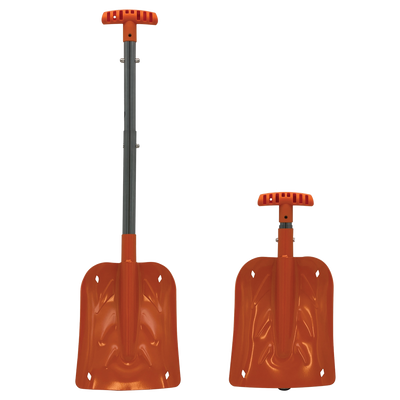
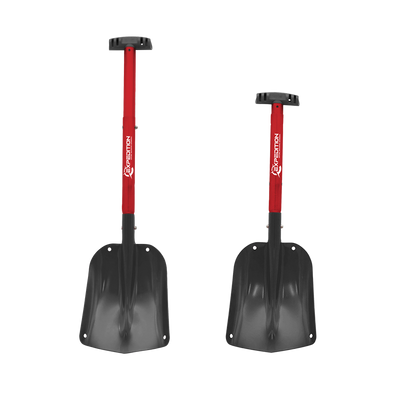
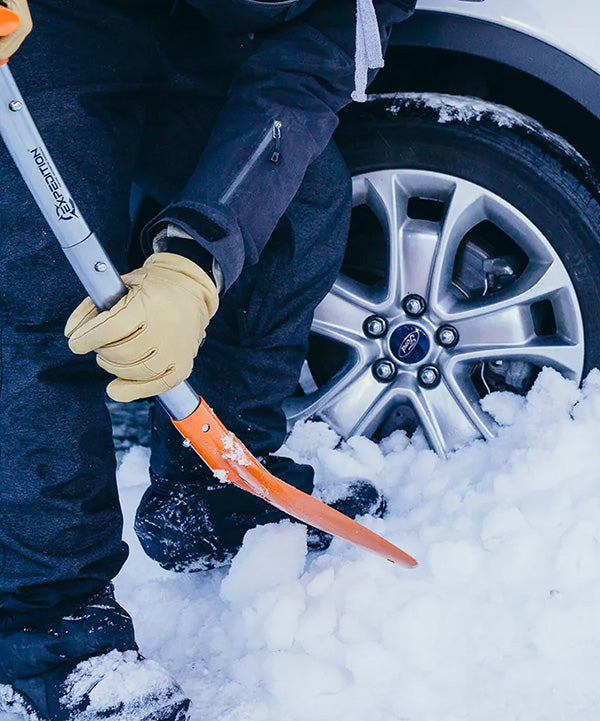
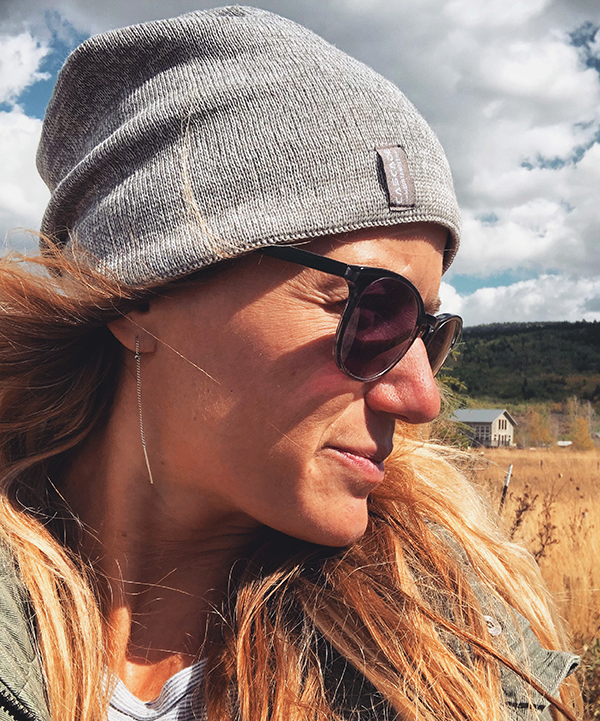
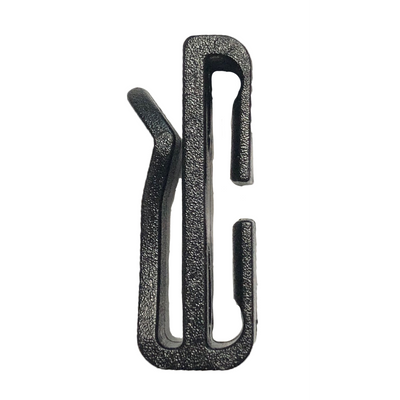
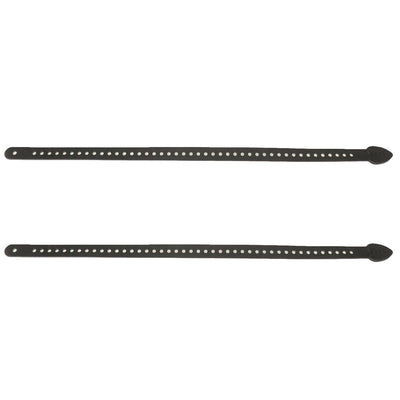
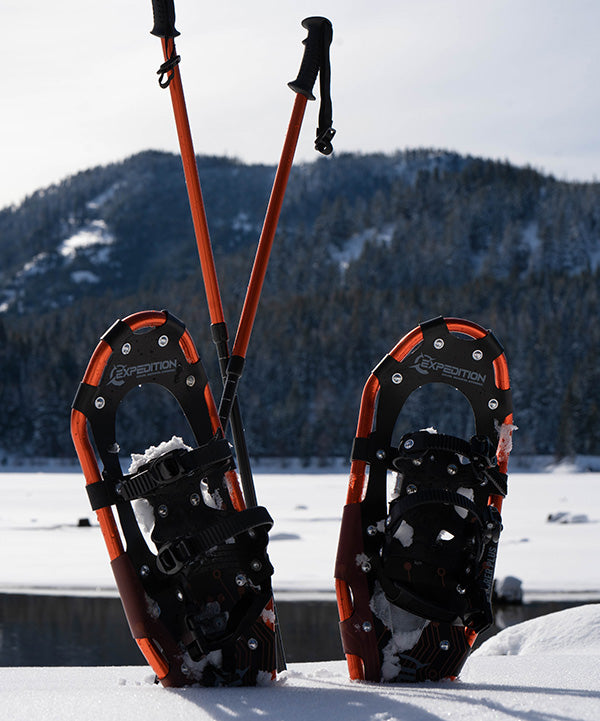











Leave a comment